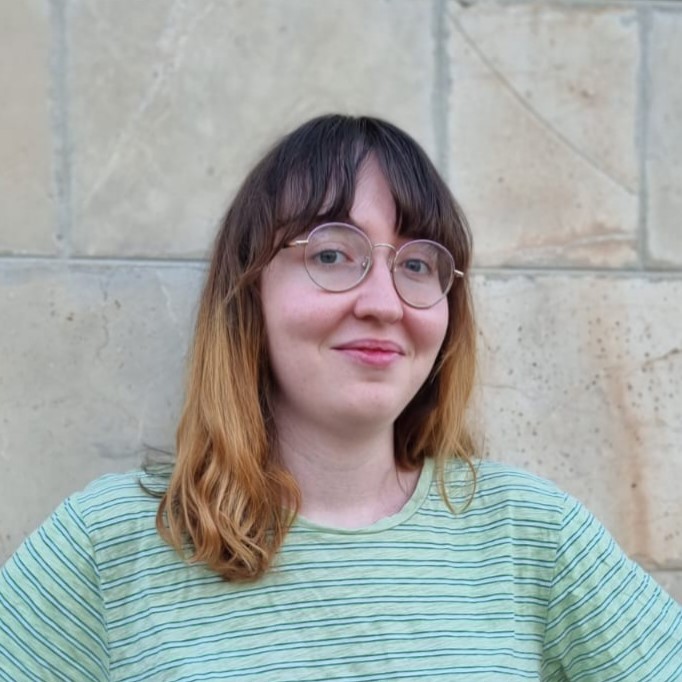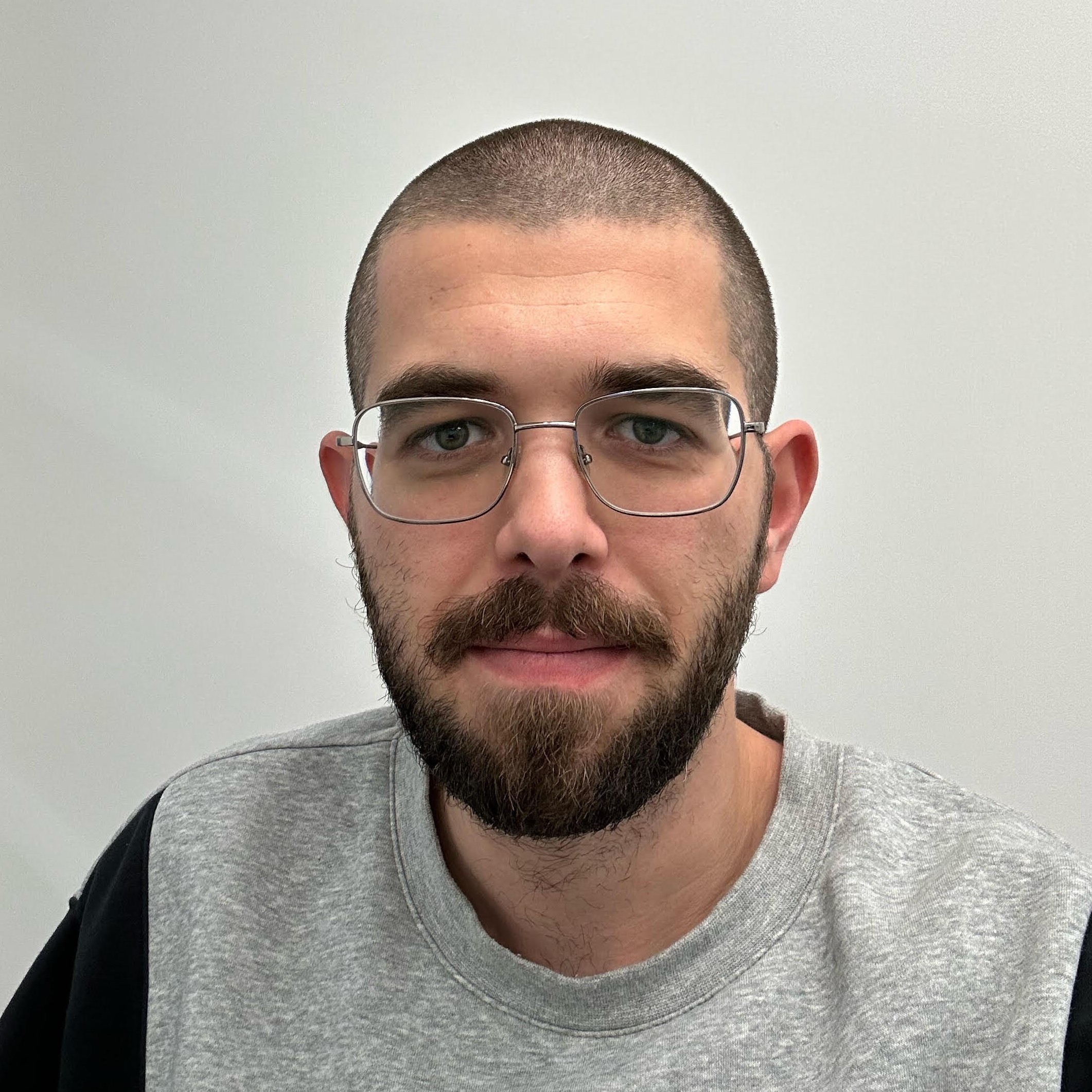
Senior lecturer
Our lab aims to elucidate the principles governing the unconscious brain’s ability to decipher the environment. To achieve this goal, we focus on two central unconsciousness states: natural loss of consciousness during sleep and pathologically induced altered consciousness following brain injuries. We take an interdisciplinary approach combining basic and clinical neuroscience with diverse aspects of the brain-body activity in health and disease. Ultimately, our research aims to uncover the abilities and limits of the sleeping brain, enhance the understanding of the processes promoting recovery of consciousness, and foster novel diagnostic and prognostic to improve medical care following severe brain injury.
Willacker, L., Raiser, T.M., Bassi, M., Bender, A., Comanducci, A., Rosanova, M., Sobel, N., Arzi, A., Belloli, L., Casarotto, S., Colombo, M., Derchi, C., Fló Rama, E., Grill, E., Hohl, M., Kuehlmeyer, K., Manasova, D., Rosenfelder, M.J., Valota, C., & Sitt, J.D. (2022) PerBrain: a multimodal approach to personalized tracking of evolving state-of-consciousness in brain-injured patients: protocol of an international, multicentric, observational study. BMC neurology 22 (1), 1-11.
In this methods paper, we describe multimodal assessments aimed at improving and individualizing diagnostic and prognostic accuracy for patients affected by Disorders of Consciousness (DoC).
Mat, B., Sanz, LRD., Arzi, A., Boly, M., Laureys, S., & Gosseries, O. (2022) New behavioral signs of consciousness in patients with severe brain injuries. Seminars in Neurology 42 (03), 259-272.
In this review, we summarize recent evidence of behavioral signs that could detect consciousness in patients with Disorders of Consciousness (DoC). Future translation of these new potential behavioral signs of consciousness into clinical practice has potential to improve the accuracy of diagnosis and prognostication for patients with DoC.
Arzi, A., Rozenkrantz, L., Gorodisky, L., Rozenkrantz, D., Holtzman, Y., Ravia, A., Bekinschtein, T., Galprin, T., Krimchansky, BZ., Oksamitni, A., Cohen, G., Aidinoff, E., Sacher, Y.*, & Sobel, N*. (2020). Olfactory sniffing signals consciousness in unresponsive patients with brain injuries. Nature, 581(7809):428-433. doi: 10.1038/s41586-020-2245-5. *These authors contributed equally to this work.
Here, we use odorant-dependent sniffing to evaluate consciousness, predict future regaining of consciousness and long-term survival rates in patients with brain injuries. These results highlight the importance of olfaction in human brain function, and provide an accessible tool that signals consciousness and recovery in patients with brain injuries.
Canales-Johnson, A., Merlo, E., Bekinschtein, T., & Arzi, A. (2020). Neural dynamics of associative learning during human sleep. Cerebral Cortex, 30(3):1708-1715. doi: 10.1093/cercor/bhz197
Recent evidence indicates that humans can learn entirely new information during sleep. In this study, we investigated the neural dynamics underlying sleep-learning, and found that learning new associations during sleep is signaled by a dynamic interplay between slow-waves, sigma, and theta activity.
Bar E., Marmelshtein, A., Arzi, A., Perl, O., Livneh, E., Hizmi, E., Paz, R., Sobel, N., Dudai, Y., & Nir, Y. (2020) Local targeted memory reactivation in human sleep. Current Biology, 30(8):1435-1446.e5. doi: 10.1016/j.cub.2020.01.091
In this paper, we exploit the unique functional neuroanatomy of olfaction with its ipsilateral stimulus processing to investigate local memory consolidation. We found that local targeted memory reactivation (TMR) during sleep in one brain hemisphere improves hemisphere-related memories, and differentially modulates slow-wave, spindle power and slow-oscillation-spindle phase amplitude coupling across hemispheres.
Perl, O.*, Arzi, A.*, Holtzman, Y., Samnon, P., Hairston, I.S., Oksenberg A., Secundo L., &Sobel, N. (2016). Odors enhance slow-wave activity in non rapid eye movement sleep. Journal of Neurophysiology, 115(5):2294-302. doi: 10.1152/jn.01001.2015 *These authors contributed equally to this work.
Here, we investigated how odor modulate brain activity during sleep and found that odors enhanced the power of delta (0.5–4 Hz) and slow spindle (9–12 Hz) frequencies during non-rapid eye movement sleep. These findings imply a sleep-promoting olfactory mechanism that may deepen sleep through driving increased slow-frequency oscillations.
Arzi, A., Holtzman, Y., Samnon, P., Harel, E., & Sobel, N. (2014) Olfactory aversive conditioning during sleep reduces addictive behavior. Journal of Neuroscience, 34:15382-93
In this study, we tested the hypothesis that olfactory aversive conditioning during sleep will alter cigarette-smoking behavior during ensuing wakefulness. We observed significant reductions in the number of cigarettes smoked following olfactory aversive conditioning sleep but not following aversive conditioning during wakefulness. Moreover, the reduction in smoking following aversive conditioning during NREM sleep was greater and longer lasting compared with the reduction following aversive conditioning during REM.
Arzi, A., Rozenkrantz, L., Holtzman, Y., Secundo, L., & Sobel, N. (2014) Sniffing patterns uncover implicit memory for undetected odors. Current Biology, 24:R263-264
Olfaction offers an opportunity to investigate processing of undetected stimuli through measurements of the sniff-response: odorant-specific modulations of nasal airflow. Here, we report evidence that consciously undetected odorants modulate sniffing in a predicted manner, implying that information which was not consciously perceived was nevertheless maintained in memory, available for future decision making.
Arzi, A., Shedlesky, L., Ben-Shaul, M., Nasser, K., Oksenberg, A., Hairston, I.S., & Sobel, N. (2012) Humans can learn new information during sleep. Nature Neuroscience, 15:1460-1465
During sleep, humans can strengthen previously acquired memories, but whether they can acquire entirely new information remains unknown. We found that sleeping subjects can learned entirely novel associations and that this learning persisted throughout the night and into ensuing wake, without later awareness of the learning process.
Arzi, A., & Sobel, N. (2011) Olfactory perception as a compass for olfactory neural maps. Trends Cognitive Sciences, 15:537-545
In this review, we argue that the path to uncovering the links between the ordered topography in the olfactory epithelium and bulb and meaningful olfactory axes depends on systematically characterizing olfactory perception, and we describe initial efforts in this direction.
Arzi, A. *, Sela, L.*, Green, A., Givaty, G., Dagan, Y., & Sobel, N. (2010) The influence of odorants on respiratory patterns in sleep. Chemical Senses, 35:31-40. *These authors contributed equally to this work.
To assess the feasibility of using odors as a potential mechanism for treating sleep apnea, we tested whether odorants delivered during sleep would modify respiratory patterns without inducing arousal or wake in healthy sleepers. We found that odorants did not increase the frequency of arousals but did transiently modulated inhalation/exhalation ratio. These results suggest that the olfactory system may provide a path to manipulate respiration in sleep.

Ph.D. Student

MD undergraduate student

Biomedical Sciences undergraduate student

Electrical Engineering and Applied Physics undergraduate student

Electrical Engineering and Applied Physics undergraduate student

Biology undergraduate student

MD undergraduate student

Research Assistant

Research Assistant
We are looking for highly motivated postdoc and student to join the lab.
Since I was a child, I have been fascinated by the brain. My father used to take me on his red tractor to the village library, where I would look for books uncovering the mysteries of the brain.
In the search for answers, I earned a B.Sc. in Biology and Cognitive sciences from the Hebrew University of Jerusalem and an M.Sc. and Ph.D. in Neurobiology from the Weizmann Institute of Science. During my doctoral studies in the lab of Prof. Noam Sobel, I harnessed the unique characteristics of olfaction to study the processing, learning, and memory of unperceived stimuli in wakefulness and sleep and discovered that, in contrast to previous notions, humans can learn novel information during sleep.
In my postdoctoral work, I pursued the investigation of unconscious brain abilities and limits in the labs of Prof. Tristan Bekinschtein at the University of Cambridge and Prof. Jacobo Sitt at the Paris Brain Institute. I developed an innovative approach for consciousness detection, demonstrating that olfactory sniffing can serve as a biomarker for consciousness recovery in brain-injured patients.
In 2022, I opened a research lab in the Department of Medical Neurobiology and the Department of Cognitive and Brain Sciences at the Hebrew University of Jerusalem. In our lab, we combine basic and clinical neuroscience to answer how we process the world under loss of consciousness during sleep and following brain injuries.